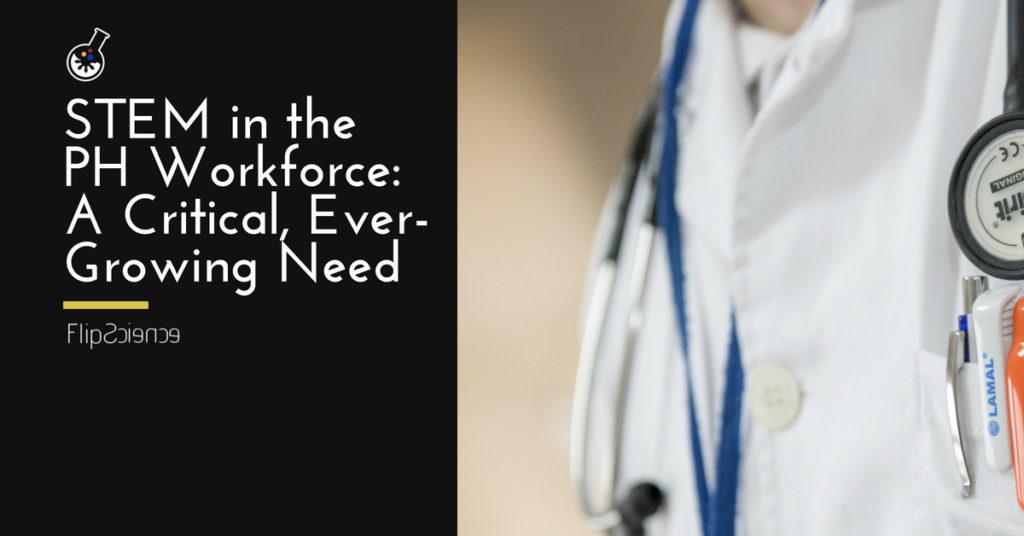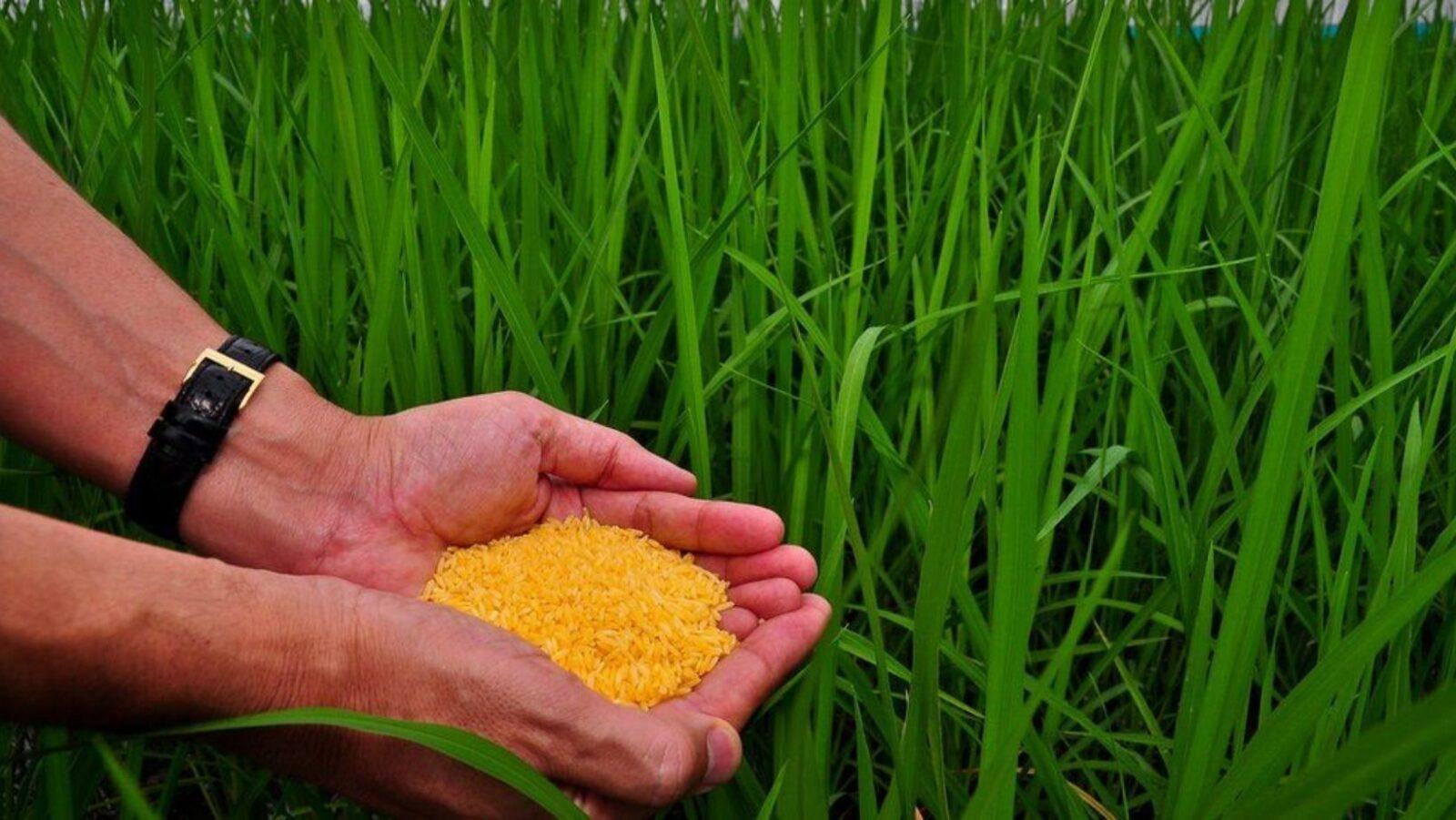To facilitate progress, a country must strive to make the most out of its human capital. This means providing ample employment opportunities to the working population.
According to the National Economic and Development Authority (NEDA), the Philippines had an unemployment rate of 5.7% in 2017, falling short of its 5.1-5.4% target. However, as of April 2018, the Philippines has bounced back somewhat, further knocking its rate down to 5.5%.
Unfortunately, these numbers cannot be taken at face value in terms of gauging the country’s overall development. Even with the decline in unemployment rate, underemployment — the underutilization of a worker due to a skill gap, a contractual arrangement, or too much idle time — increased to 17%, 0.9 percentage points higher compared to April last year.
At present, an estimated 6.9 million workers are employed, but still yearn for more work or working hours. Meanwhile, approximately 2.36 million of the population remain jobless.
STEM in the workforce: steps toward progress
Addressing the limitations in the workforce also necessitates talking about the segment of the working population responsible for creating solutions and optimizing our quality of life.
Without science and technology, humanity would not be where it is right now. You would not be holding a phone in your hand or using a laptop to read this very article. We would all still need to walk or run to get to our preferred destinations – forget about your favorite ridesharing app, or taxis, or jeepneys, or trains, or even bicycles. Without science, you would never know what ice cream tastes like. Without science, your chances of living long enough to see your grandchildren would likely decrease significantly, considering all the vitamins, food supplements, and medicine you have consumed in your lifetime. Without science, you would not even know when or how to prepare for a storm.
Science has made our existence much more convenient. At the end of the day, however, we owe these innovations and inventions to science practitioners themselves: scientists, inventors, engineers, doctors, computer scientists, statisticians, mathematicians, and many more.
As a developing country, we are in dire need of such people in order to further push us towards progress. With our archipelago blessed with teeming wildlife, vast fields for crop development, lengthy coastline for fishing, and even the presence of minerals in our lands, science is absolutely critical to our way of life, and in making the most out of what we’ve been given.
A growing demand for PH scientists and researchers
According to the United Nations Educational, Scientific, and Cultural Organization (UNESCO), the recommended ratio of researchers and scientists within a given country to its population (called research/scientist per million) is 380/million. As of the moment, the Philippines falls short, with a meager 189 researchers/million as of 2013. In comparision, Israel registered a ratio as high as 8300/million, Malaysia has 2100/million, South Korea has 6,900/million, Thailand rests at 974/million, and Vietnam clocks in at 674/million. All of these are way above the baseline value. We are currently in the same boat as countries such as Brunei (286/million) and Indonesia (89/million).
The country also pales in terms of budget allocation for research and development. According to a report from the Department of Science and Technology (DOST), the country has consistently posed a gross expenditure for R&D (GERD) of only 0.14 percent of its GDP over the years. UNESCO’s baseline for this is at one percent.
Due to these factors, the Philippines faces the inescapable of task of boosting its workforce for research and development (R&D). In order to meet the recommended value of UNESCO, PH should be able to produce close to 19,000 new researchers and scientists. Related to this, DOST is providing S&T scholarships for undergraduate, Masters, and PhD levels.
In addition, the ‘Science for Change’ bill has been approved, which aims to address the country’s shortage of scientific innovations and inventions. The bill sets a budget of Php 21 billion for R&D in 2018, which will double yearly for the next five years, capping off at Php 672 billion by 2022. These numbers are much higher than 2017’s measly Php 5.8 billion budget.
With these initiatives and the recent signing of the Balik Scientist program — which provides incentives for Filipino scientists working overseas to take advantage of local employment opportunities and share their skills here — into law, one can expect the demand for scientists and researchers in the Philippines to rise in the years to come.
Duterte’s Build, Build, Build
As part of President Rodrigo Duterte’s “Build, Build, Build” initiative, the Philippines is set to embark on an infrastructure spending bonanza worth Php 180 billion for the next 10 years. There are 75 flagship projects in mind, including six airports, nine railways, three bus rapid transits, 32 roads and bridges, and four seaports. All of these projects are expected to benefit the economy by lowering costs of production, improving rural income, creating more employment opportunities, and increased investments in rural areas, as indicated by Philippine Department of Finance chief economist Karl Chua.
As of May 30 2018, the Department of Public Works and Highways (DPWH) had already opened 11,000 jobs for the “Build, Build, Build” program. DPWH secretary Mark Villar indicated that the jobs are available not only for Metro Manila, but also in Visayas and Mindanao. He is optimistic that with the program offering competitive salaries, it may be a good reason for overseas Filipino engineers and workers to come home.
PH lacks thousands of doctors
In October 2016, then-Department of Health Secretary Paulyn Ubial indicated that the Philippines lacked around 15,000 doctors. She stressed the shortage of new doctors; statistics that year showed that the country was producing only 2,600 new doctors annually.
She also noted the significant difference between the healthcare services provided here and in other countries. Ubial praised the excellent health care system of Cuba, which currently has a ratio of one doctor for every 1,075 patients. This is far from the country’s current ratio, which is estimated to be one doctor for every 33,000 patients.
In 1993, the department started its “Doctors to the Barrios” program, which sends doctors to far-flung areas in order to accommodate the oft-ignored needs of people from such places. The challenge lies in the fact that only a handful of doctors appear to be willing to accept these posts. Despite increasing the monthly salary to Php 56,000, as of October 2016, 116 posts remain vacant.
With the campaign for more doctors, the DOH also started its AY 2018-2019 scholarship program for aspiring public health doctors. Considering that state universities and colleges (SUCs) are already offering undergraduate programs for free, more people can pursue medicine and be readily given employment by the government itself.
The need for STEM practitioners in the Philippines
Aside from the jobs listed above, a plethora of in-demand and hard-to-fill science jobs are also on the rise in our country, according to edukasyon.ph founder Henry Motte-Munoz. These jobs include web developers, software engineers, agriculturists, electricians, and even science teachers.
The need for science and its application in the country can no longer be ignored. For us to triumph over the pains of a developing nation, more innovators, creators, and problem solvers are needed. We need people who can provide solutions to diseases in aquaculture and pests in crops, as well as experts in mitigating damage in typhoons. These seemingly mundane yet ever-present problems can be solved through investment in research and development.
And for all the Filipinos out there with a science degree, now would be an excellent time to use your skills and education to help in building the nation. –MF
References:
- Asia O of. Duterte’s Ambitious “Build, Build, Build” Project To Transform The Philippines Could Become His Legacy. Forbes. [accessed 2018 Jun 28]. https://www.forbes.com/sites/outofasia/2018/02/28/dutertes-ambitious-build-build-build-project-to-transform-the-philippines-could-become-his-legacy/.
- BPM, IT, tourism, construction jobs in demand in 2018 —DOLE. GMA News Online. [accessed 2018a Jun 28]. http://www.gmanetwork.com/news/news/nation/638378/bpm-it-tourism-construction-jobs-in-demand-in-2018-dole/story/.
- Cabuenas JV. Duterte signs Balik Scientist Program into law. GMA News Online. [accessed 2018 Aug 9]. http://www.gmanetwork.com/news/scitech/science/657997/duterte-signs-balik-scientist-program-into-law/story/
- DepEd to hire more Math, Science teachers. The Manila Times. [accessed 2018b Jun 28]. http://www.manilatimes.net/deped-to-hire-more-math-science-teachers/286207/.
- DOH Secretary: Philippines lacks 15,000 doctors. cnn. [accessed 2018 Jun 29]. http://cnnphilippines.com/news/2016/10/13/department-of-health-lack-of-doctors.html.
- imoney. 2014. 5 In-Demand Jobs in the Philippines until 2020 | iMoney. iMoney.ph. [accessed 2018 Jun 28]. https://www.imoney.ph/articles/top-5-demand-professions-philippines/.
- Motte-Munoz H. In demand and hard to fill: Jobs to consider and prepare for. Rappler. [accessed 2018 Jun 28]. http://www.rappler.com//life-and-style/career/122236-high-school-college-courses-in-demand-jobs.
- More investments in R&D needed. BusinessMirror. [accessed 9 Aug 2018]. https://businessmirror.com.ph/more-investments-in-rd-needed/.
- News A-C. What courses will be in demand in the next 5 years? ABS-CBN News. [accessed 2018 Jun 28]. http://news.abs-cbn.com/business/05/05/17/what-courses-will-be-in-demand-in-the-next-5-years.
- Palace: Duterte wants swifter implementation of Build, Build, Build projects. GMA News Online. [accessed 2018 Jun 28]. http://www.gmanetwork.com/news/news/nation/658235/palace-duterte-wants-swifter-implementation-of-build-build-build-projects/story/.
- Pernia EM. 2016 Jan 13. Science a sine qua non for human progress. [accessed 2018 Jun 29]. http://opinion.inquirer.net/91980/science-a-sine-qua-non-for-human-progress.
- PH needs 19,000 more scientists, researchers – SEARCA Biotechnology Information Center. [accessed 2018c Jun 29]. http://bic.searca.org/site/ph-needs-19000-more-scientists-researchers/.
- PH needs more doctors, 42,000 hospital beds. Manila Bulletin News. [accessed 2018d Jun 29]. https://news.mb.com.ph/2017/08/14/ph-needs-more-doctors-42000-hospital-beds.
- PH seeks to meet UN benchmark with more scientists in 10 years. 2017. Newsbytes Philippines. [accessed 2018 Jun 29]. http://newsbytes.ph/2017/09/05/ph-seeks-to-meet-un-benchmark-with-more-scientists-in-10-years/.
- Philippines Unemployment Rate | 1994-2018 | Data | Chart | Calendar. [accessed 2018e Jun 29]. https://tradingeconomics.com/philippines/unemployment-rate.
- PressReader.com – Connecting People Through News. [accessed 2018f Jun 29]. https://www.pressreader.com/philippines/the-philippine-star/20170309/282200830717072.
- Unemployment down, underemployment up in April 2018. Rappler. [accessed 2018g Jun 29]. http://www.rappler.com//business/204130-unemployment-underemployment-philippines-rate-april-2018.
- Why invest more in R&D. The Manila Times. [accessed 2018h Jun 29]. http://www.manilatimes.net/why-invest-more-in-rd/373755/.
Author: Rafael Ambag
A science kid at heart, Paeng aims to spark the interest of the common man in science through science journalism and organizing science camps for elementary children. He is an incoming freshman under UP Diliman’s BS Molecular Biology and Biotechnology program.







